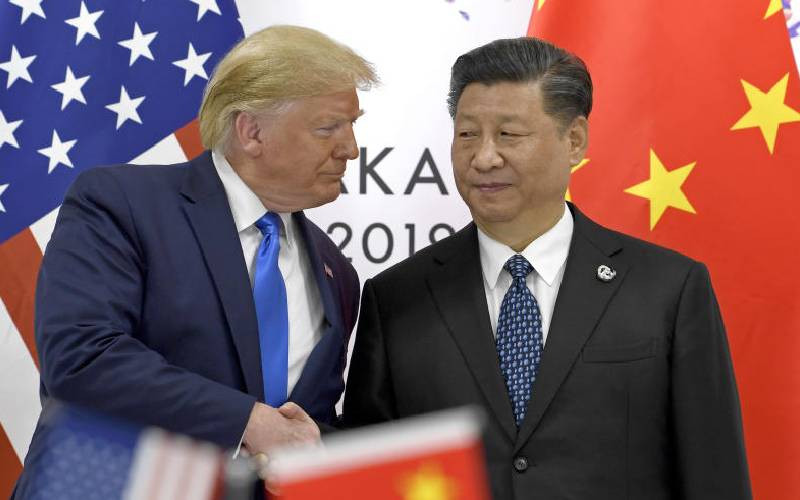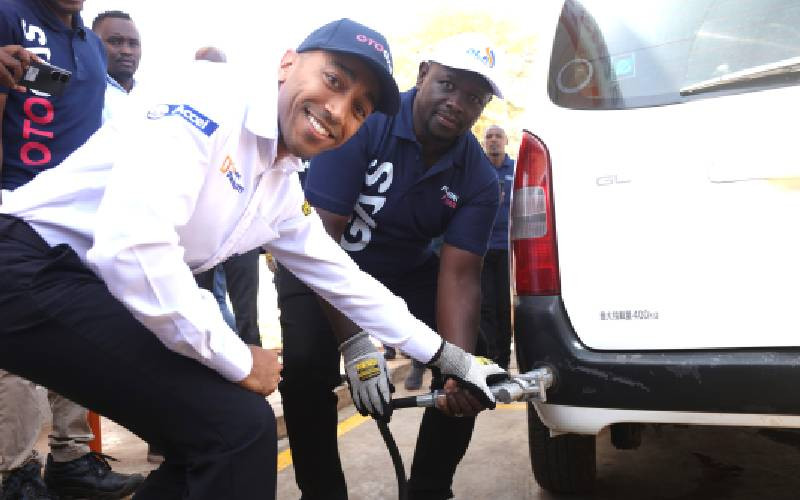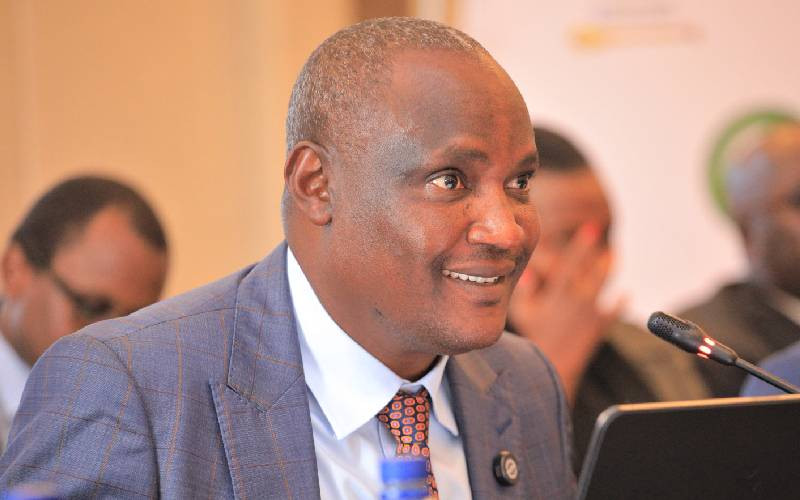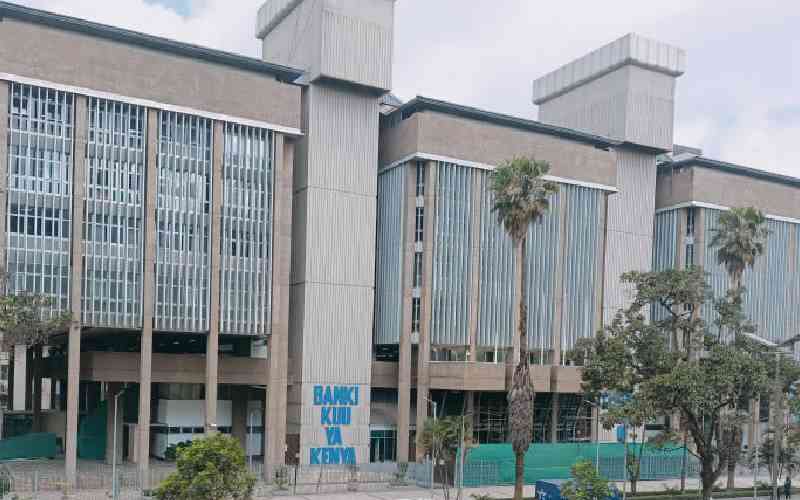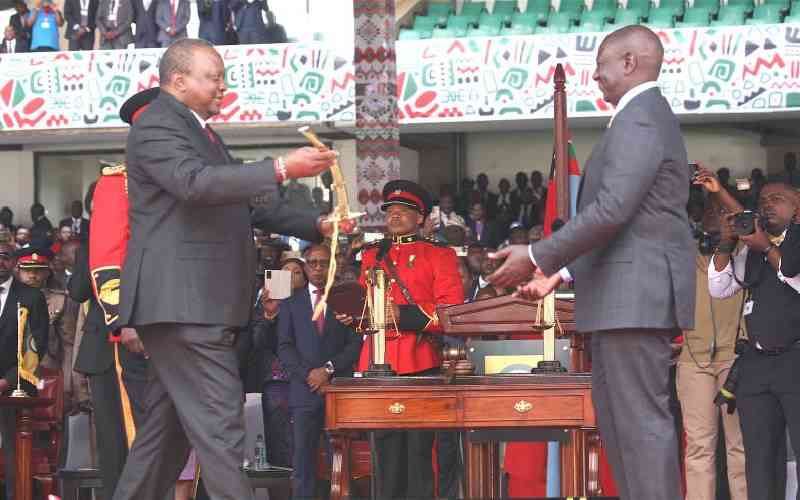
Kenya's first president Mzee Jomo Kenyatta took over leadership from a brutal, racist British regime. The white colonialists grudgingly handed over power.
The transition from colonialism to self-rule came with a lot of baggage. In neighbouring Somalia, when designing their national flag for their July 1962 independence, the Somalis deliberately put in it five stars to represent what they regarded as their rightful territory. It included the former British protectorate Somali-land, the former Italian territory of Somali (the current Somalia), the French Somaliland (now Djibouti), the Somali-speaking Ethiopian provinces of Ogaden and Haud, and the then Somali-dominated Northern Frontier District of Kenya.
